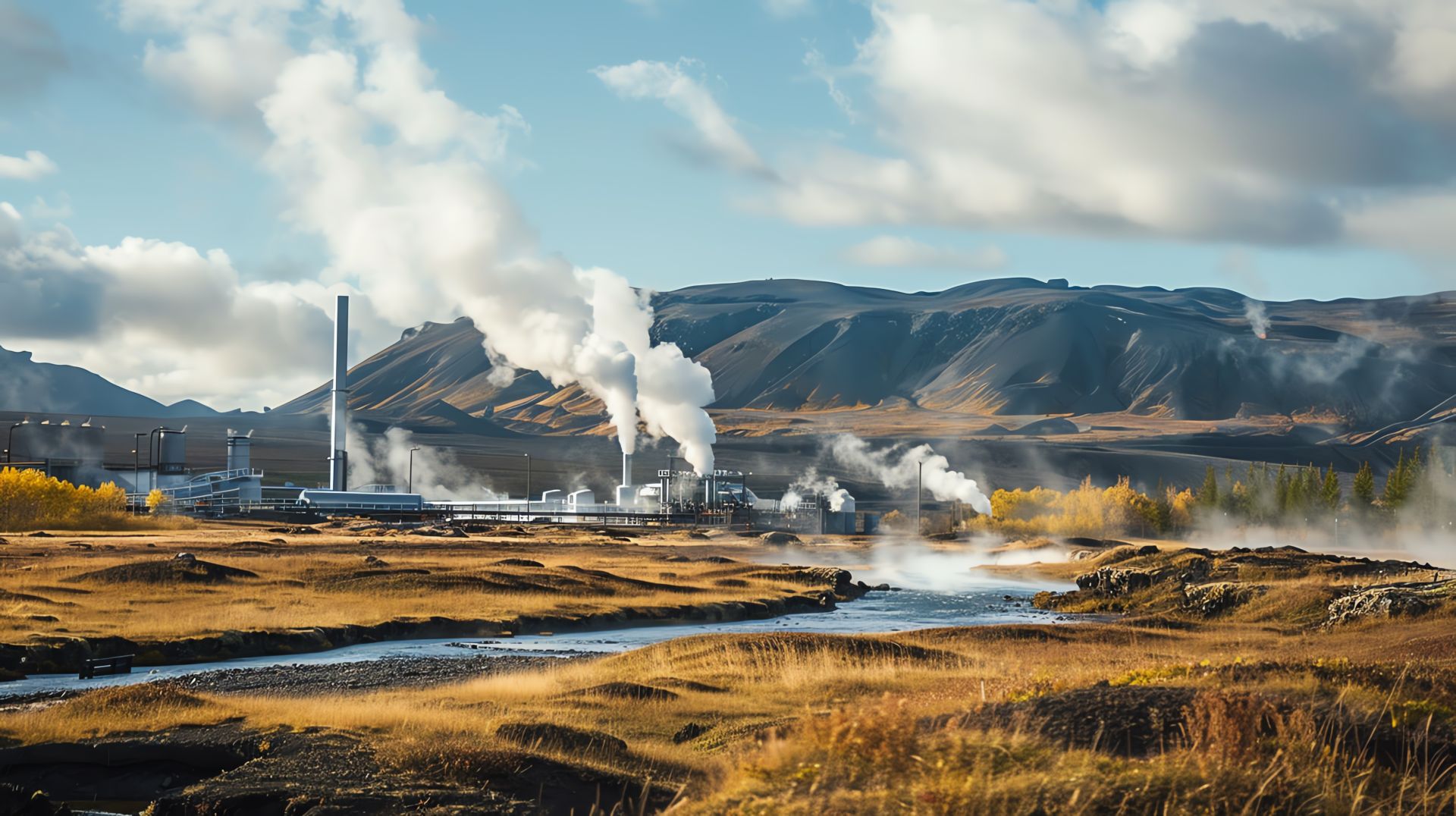The pressing question of whether sustainable aviation is achievable took center stage at the recentZeit für Klimaevent under the motto "Aviation and Climate Neutrality: Can We Fly Sustainably?” in Frankfurt.
The event brought together experts from various fields to discuss innovative solutions for a greener future. Among the notable contributors was Dr. Tobias Sontheimer, co-lead of the #CAREOSENE consortium, who shared his insights on the path towards climate-neutral aviation.
During the panel discussion titled “Innovative Technologies and Quick Wins on the Way to Climate-Neutral Aviation,” Dr Tobias Sontheimer delved into the role of innovative catalyst technologies in the production of Sustainable Aviation Fuel (SAF). He explained how these catalysts are crucial in minimizing resource consumption during fuel production. “The existing fleet of aircraft will need to be supplied with fuel for several more decades,” Sontheimer noted, emphasizing the need for efficient and sustainable fuel solutions. “At the same time, the blending rates of SAF will change significantly over the next few years, necessitating advancements in fuel technology.”
The panelists highlighted the key role of SAF for decarbonizing the aviation sector and stressed the importance of international projects such as CARE-O-SENE to accelerate innovation cycles and the speed up commercialization. It was common sense between all panelists to achieve or even exceed these SAF blending mandates. “To achieve this”, stated Tobias Sontheimer, “we do not have the time to allow ourselves development cycles of 10 to 15 years. We have to scale the production of SAF short-term”, which the CARE-O-SENE project is aiming for.
The event was also a great networking opportunity, which allowed, Dr Dirk Schär, the other co-lead, to highlight the mission of CARE-O-SENE, that aims to contribute to making sustainable flying more cost-effective. The consortium’s research and innovations in catalyst technology are poised to play a pivotal role in the energy transition within the aviation sector. By enhancing the efficiency and reducing the environmental impact of SAF production, CARE-O-SENE is setting the stage for a future where flying can be both eco-friendly and economically viable.
The discussion at “Zeit für Klima” underscored the urgency and feasibility of transitioning to sustainable aviation practices.

